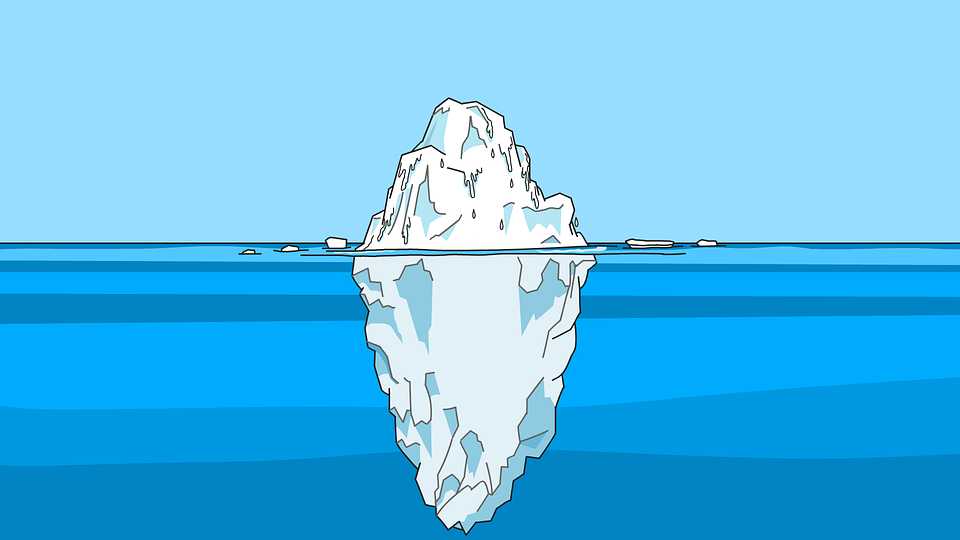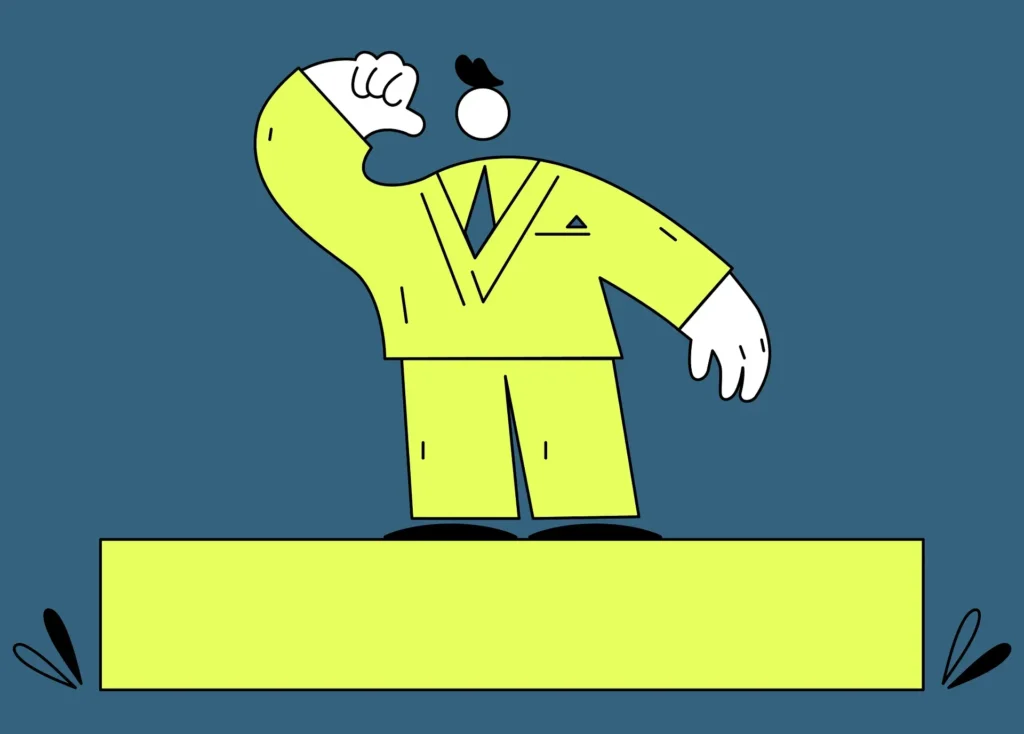Over the course of a branding project, there are thousands of micro-decisions to make along the way. As much as possible, agencies try to establish a common way of seeing and evaluating work to minimize decision fatigue. In our case, we create an Emotional Impact and a Brand Idea. We start by identifying four emotions we want to evoke in our target audiences, and then craft a big idea that brings these emotions to life across business, brand, and culture.
The thing is, as much as you try to establish frameworks and lenses and litmus tests, you can only ask a client to hold so much in their head at any given time. No matter how much groundwork you lay or how many recap emails you send, when you pitch a creative concept you are always essentially starting from scratch. You are always contending with someone’s aesthetic knee-jerk reaction. A gut feeling will always supersede a creative brief.
This is where the power of a perfectly crafted concept statement really shines. When deployed well, a concept statement is a distillation of strategy, a mini-narrative, and a sneak peek of an imagined future, all at the same time.
What Is a Concept Statement?
To put it simply, a concept statement is a small look at a big plan. They are short descriptions of products, services, or designs that help people visualize a particular vision of the future. In general, a basic concept statement provides a description of the business, defines the problem, identifies the target market, implies how the product or service will address this problem, and outlines the goals and objectives.
Above all else, a concept statement is a persuasive tool in decision making. If everything preceding this meeting has been stage-building, this is the last monologue before the audience reviews the play.
Brevity & the Iceberg Theory
Before he was a novelist, Hemingway worked as a reporter for The Kansas City Star, where he quickly learned that truth often lurks below the surface of a story. This insight would lead to his trademark minimalistic style, which academics have coined as Iceberg Theory or the Theory of Omission. “I always try to write on the principle of the iceberg,” writes Hemingway. “There is seven-eighths of it underwater for every part that shows.”
When writing a concept statement, there is an urge to be as descriptive as possible, explaining every detail and nuance of the design to the client. This is a mistake for two reasons. One, you simply don’t have enough room, as a concept statement should only be one paragraph. And two, there is no mystery, no intrigue, and no magic in an exhaustive explanation. Part of our job, as an agency, is to help our client imagine. Imagine how their brand can grow, evolve, move into new territories, disrupt old spaces, speak, build, and behave in unexpected ways. That means leaving enough room for them to fill in the blank. That means speaking to the potential of what the design could be, as opposed to what is directly on the page.
Show, Don’t Tell
The implied risk, of course, is that you leave something important out. For one thing, you have to trust your reader. They are always smarter and willing to take bigger risks than you think. And two, that’s where design can help. Through the use of motion, storyboards, and applications, design can help you “show, not tell.” When a pithy concept statement is paired with powerful design, you have everything you need to make the cognitive jump into the future.
Hemingway’s biographer Carlos Baker said that Hemingway learned how to “get the most from the least, how to prune language and avoid waste in motion, how to multiply intensities, and how to tell nothing but the truth in a way that allowed for telling more than the truth.” Essentially, that’s exactly what a concept statement strives to do:
– Tell the most compelling story in the fewest number of words
– Crystalize strategy down to its purest components
– Amplify emotion
– Address the big picture, stay out of the weeds
– Project an unexpected but implementable end-state
– Merchandize every concept statement with a name and a hook
– Create a whole that’s larger than the sum of its parts
There are a million ways to “sell an idea,” but the best concept statements shouldn’t feel like flowery salesmen trickery. They should feel like a natural distillation of a larger story you and the client are writing together.
Emotive Brand is a brand strategy and design agency in Oakland, California.




